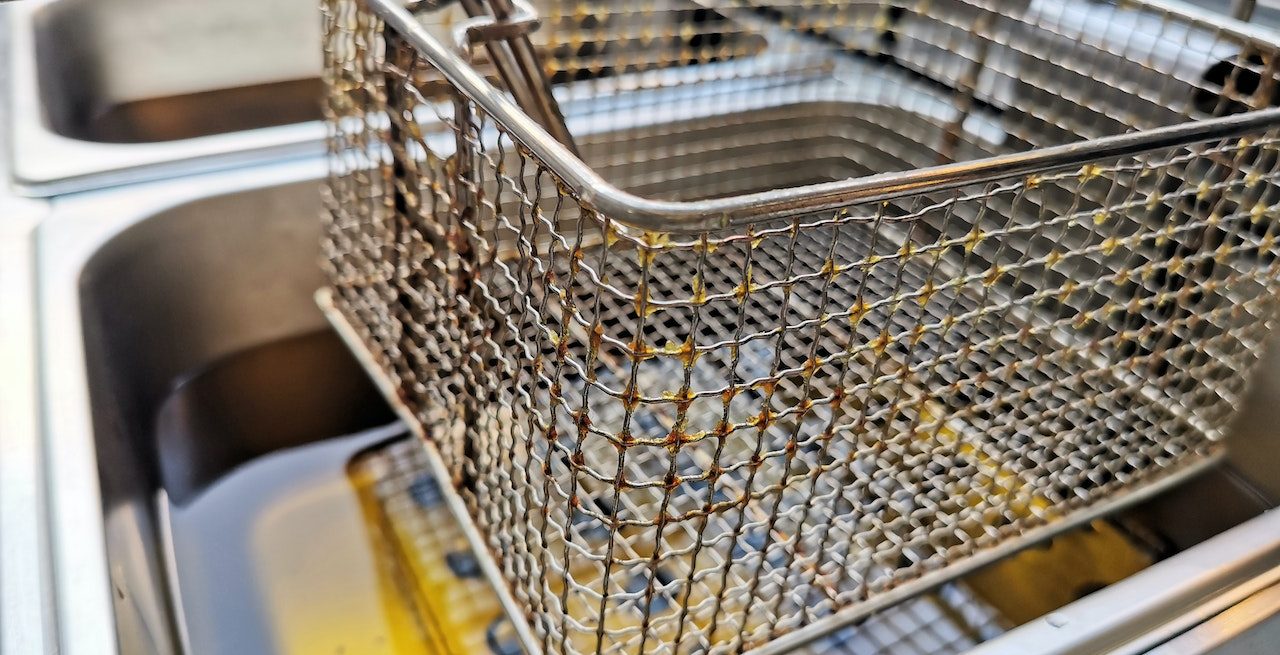Extend the Deep Fryer Sweet Spot
4 Min Read By Corby Stow
Cooking oil filtration is crucial for better food quality and cost savingsScan the menus of the most popular and trendy restaurants across the country and you’ll find a heavy dose of fried delights. Hot, crispy and crunchy menu items are pleasing to consumers, but are only part of the equation for most eateries. Restaurant managers must keep a watchful eye on cooking oil, not only from a food quality standpoint, but from a cost analysis as well. Without proper oil management, a restaurant’s bottom line can suffer — impairing food quality and draining resources.
Let's dive into why proper oil management techniques are vital to increasing quality and your bottom line.
Why Cooking Oil Breaks DownThree common chemical reactions contribute to the breakdown of cooking oil: oxidation, hydrolysis and polymerization.
Oxidation occurs when oxygen molecules react with long fatty acid chains in the oil and break them up. Heat catalyzes the reaction and accelerates oxidation…
Sorry, You've Reached Your Article Limit.
Register for free with our site to get unlimited articles.
Already registered? Sign in!


